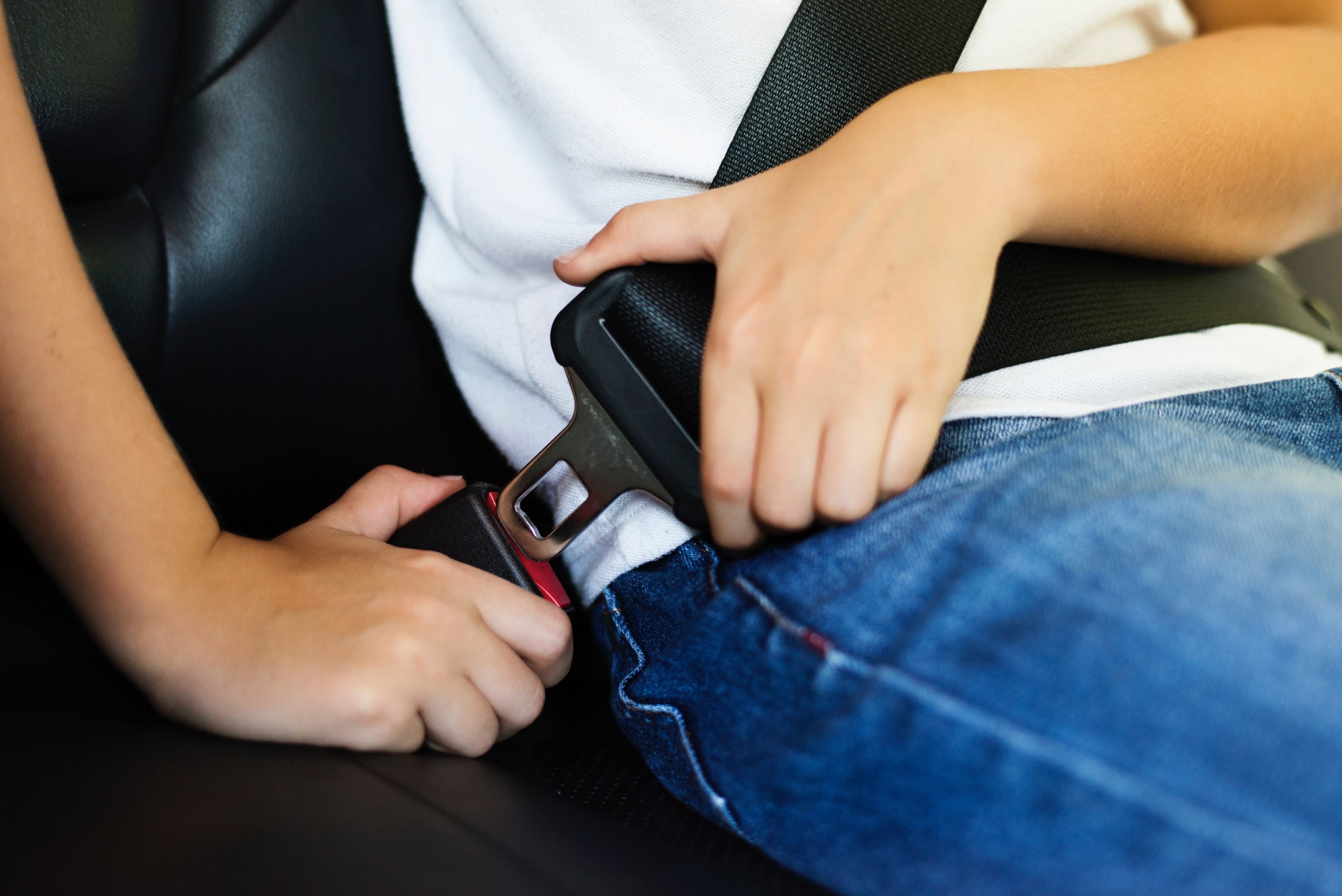
Ohio Traffic Safety and Distracted Driving Laws
What Type of Auto Insurance is Required?
In Ohio, it is illegal to drive any motor vehicle without insurance or other proof of financial responsibility. You can meet this requirement by obtaining auto insurance and the required auto liability policy which includes bodily injury liability coverage as well as property damage liability coverage. This is the most common way to meet Ohio’s auto insurance requirement.
Bodily Injury Liability Coverage: If you’re at fault for a crash that injures another person, bodily injury liability coverage helps pay for their medical expenses. Ohio’s required minimum coverage is $25,000 per person injured in any one incident, and $50,000 for all persons injured in any one incident.
Property Damage Liability Coverage: If you cause a crash that damages someone else’s property (e.g., their car), property damage liability coverage helps pay for repairs. Ohio’s required minimum coverage is $25,000 for injury to or destruction of property of others in any one incident.
Other ways to meet Ohio’s auto insurance requirement include obtaining a certificate or filing a bond with the Ohio Bureau of Motor Vehicles (BMV) indicating that money or government bonds in the amount of $30,000 is on deposit with the Treasurer of the State; or obtaining a certificate of self-insurance if you have more than 25 vehicles registered in your name.
Examples of times you may need to show financial responsibility include:
- You are involved in a vehicle crash
- You are charged with a serious traffic offense that requires a court appearance
- You are stopped for a traffic violation
- You are stopped for a vehicle safety check
The penalties for financial responsibility law violation depend on the number of offenses you have within a five-year period. Violator penalties could include a 90-day to two-year license suspension and reinstatement fees ranging from $125—$550, in addition to paying for at-fault damages.
What are the distracted driving laws?
As of April 4, 2023, Ohio law makes distracted driving a primary traffic offense and drivers can be immediately pulled over for violating the law. This includes:
- Dialing a phone number
- Sending a text message
- Updating or browsing social media
- Video calls or FaceTime
- Browsing the Internet
- Watching videos
- Playing games
- Recording or streaming video
Drivers over 18 years old can make or receive calls via hands-free devices, including:
- Speakerphone
- Earpiece
- Wireless headset
- Electronic watch
- Connecting phone to vehicle
In most cases, anything more than a single touch or swipe is against the law.
Ohio Laws on Distracted Driving for Novice Drivers
Drivers younger than 18 years of age (i.e., novice drivers) are especially vulnerable to driving distractions and may not have the experience necessary to combat the temptation of their phones. Therefore, distracted driving laws dictate that novice drivers, especially those with learner’s permits, must refrain from all cellphone use while driving to aid in the prevention of crashes and near-crash events. This includes talking on their phones. Additionally, the hands-free technology exception does not apply to novice drivers.
Current Distracted Driving Penalties in Ohio
Under the new distracted driving law, police enforce the following fines:
- First offense in two years: 2 points assessed to driver's license, up to a $150 fine.*
- Second offense in two years: 3 points assessed to license, up to a $250 fine.
- Third or more offense in two years: 4 points assessed to license, up to a $500 fine, possible 90-day suspension of driver license.
- Fines doubled if the violation occurs in a work zone.
* Completion of a distracted driving course can help avoid the fine and points.
Learn more about Ohio's distracted driving law here.
What are the seat belt laws?
According to the National Highway Traffic Safety Administration (NHTSA), wearing a safety belt while inside a motor vehicle significantly reduces the risk of fatal injury. Because of this, the following safety belt laws are in place in Ohio:
- Mandatory use of safety belts for all drivers and passengers in the front seat.
- Children 8 through 15 years old must wear a safety belt or use a child restraint device (when appropriate) at all times, regardless of where in the vehicle they are sitting.
Ohio Child Car Seat Laws
Depending on the age, height, and weight of your child, he or she may be required to use a child safety seat or a booster seat while inside a motor vehicle.
Ohio law requires the following:
- Children under 4 years old OR less than 40 lbs:
- Must use a safety seat at all times.
- Installation for the safety seat must meet the manufacturer's requirements.
- Children under 8 years old:
- Must use a booster seat UNLESS the child reaches 4 feet 9 inches or taller.
- If the shoulder belt crosses near the neck instead of the middle of the chest, your child may need to continue the use of a booster seat beyond the initial age or height requirements.
- Children 8 to 15 years old:
- Must wear a seat belt at all times.
The driver is responsible for any minors inside the vehicle. Failure to abide by these laws may result in a fine.
View more information about Ohio traffic safety laws here.